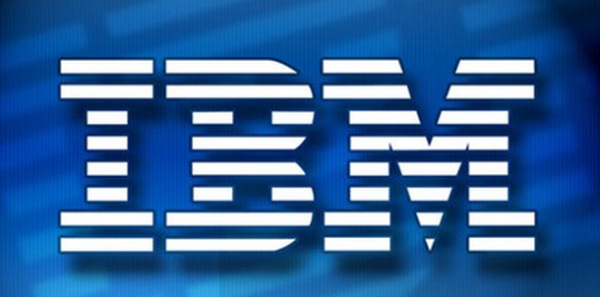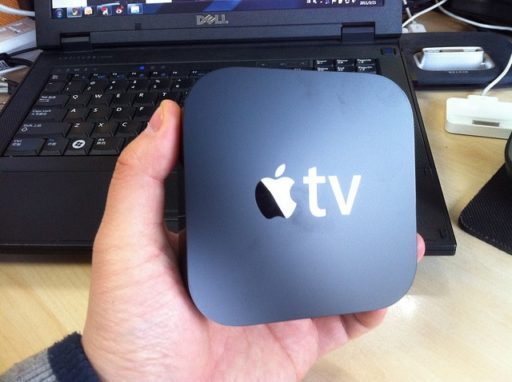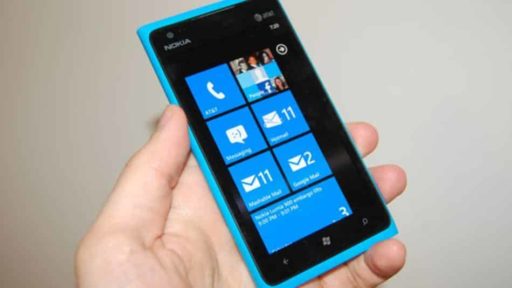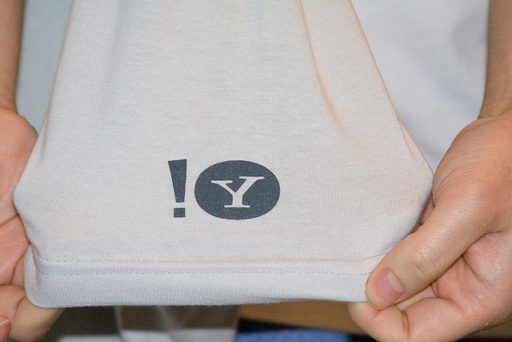IBM manufactures and sells computer hardware and software. It offers infrastructure, hosting and consulting services in areas ranging from mainframe computers to nanotechnology. As of December 2011, IBM was the third-largest publicly traded technology company in the world by market capitalization. Now, IBM Scientists are trying to measure heat which is emitted while erasing a single bit information.
IBM physicist Rolf Landauer said in 1961, “To set a binary digit to zero(0) in a computer memory regardless of whether it is initially 1 or 0, it is bound to release a certain minimum amount of heat which is proportional to the ambient temperature.” That time no one believed him. Rather, people argued with him. But now, more than 50 years later, New work has finally agreed with Landauer.
In order to verify the principle, the researchers have created a simple two-state bit. A single microscopic silica bead is held in a ‘light trap’ by a laser beam. The abstract trap contains 2 ‘valleys’ where the particle can stop remain quiet. Of this 2 valleys, one valley represents a 1 and the other valley represents a 0. If the energy ‘hill’ that separate them is not too high, then there’s a slight chance that it could jump between the two valleys. The researchers have the ability to control this height by changing the power of the laser. Researchers can also ’tilt’ the two valleys to tip the bead into one of them by moving the physical cell that contains the bead slightly out of the laser’s focus. Moreover, by monitoring the position and speed of the particle during a cycle of switching and resetting the bit, researchers can easily calculate how much energy has been dissipated.
Source : Slashdot
[ttjad]




